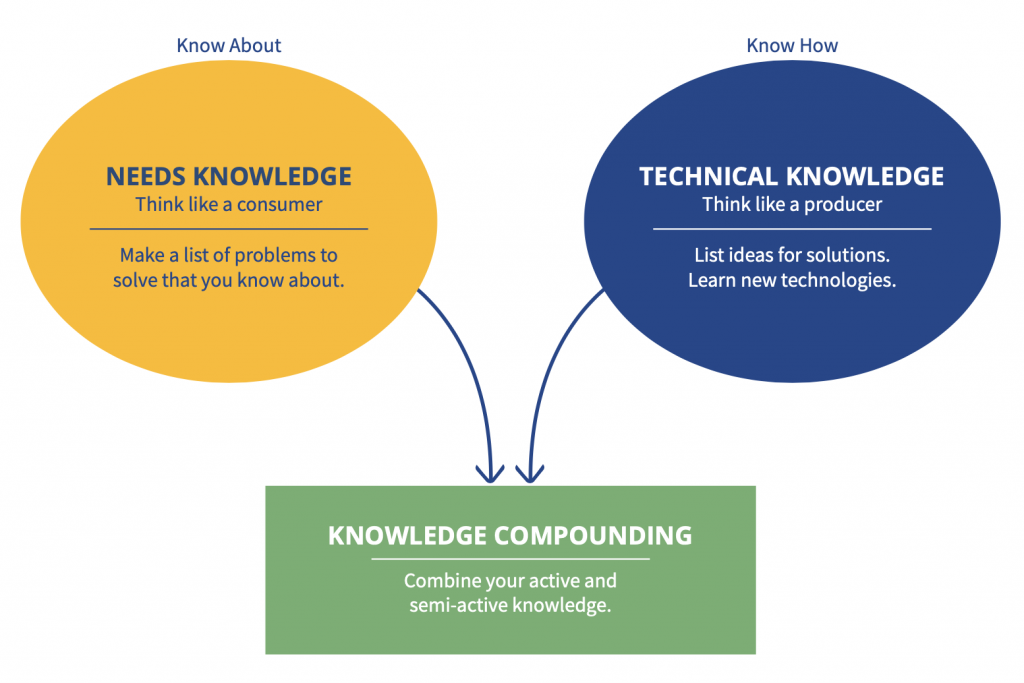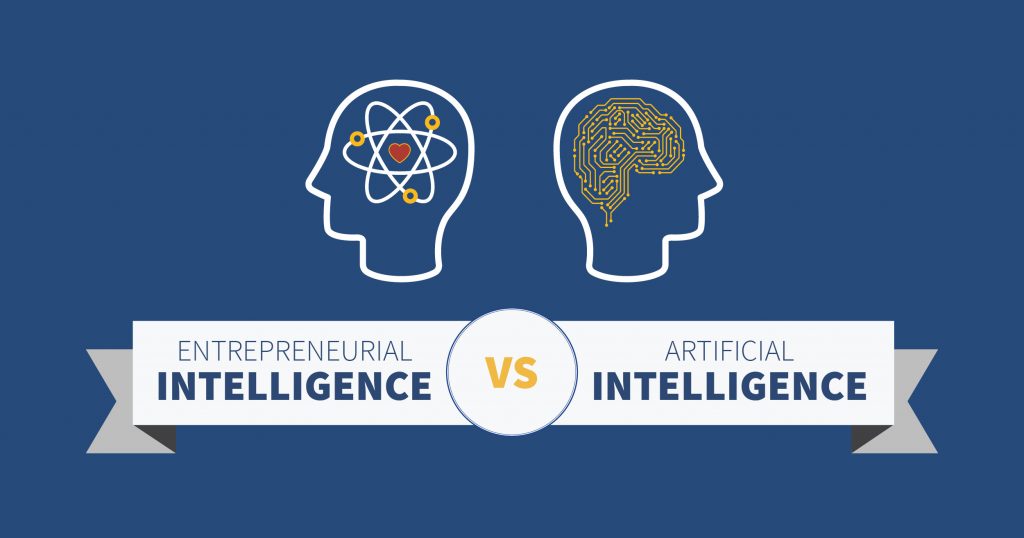73. Mark Packard on the Right Decision Logic for the Customer’s Learning Process
In E4E episode #73 with Mark Packard, we review three elements of new product / new service launching decision making.
- Identifying the appropriate decision logic.
- Maximizing information marketing.
- Calculating target customers’ opportunity cost.
Key Takeaways and Actionable Insights
At the time of the introduction of any innovation, new product, new service, upgrade or improvement to a current offering — any change, in other words — there is uncertainty for both the customer and the entrepreneur. The customer does not know how to assess the value of the new offering, and the entrepreneur does not know if the customer will decide in favor of choosing the new offering. That’s a lot of complexity to deal with.
Uncertainty can’t be eliminated from business, and, for the entrepreneur, it’s an anxious state of mind when knowledge is absent. Happily, there are tools to help bolster confidence in facing knowledge absences. Mark Packard introduced several in our E4E podcast #73.
1) Use the most appropriate decision logic.
All knowledge absences are not the same. There are some unknowns that are knowable — such as costs of goods or market size. And there are some unknowns that are unknowable — such as the future behavior of individuals making choices in a changing and competitive marketplace.
There is also a cost of obtaining more data or more knowledge to fill gaps even when they are fill-able. If the cost of knowledge is high, and the risk of loss from not having the knowledge is low, then it might not be worth pursuing additional knowledge.
There are two types of strategies available to the entrepreneur. There’s a choice between “predictive logic” in which the entrepreneur undergoes more cost to get better data to make a prediction about the future, or “adaptive logic” in which the entrepreneur decides to stick with the amount of information currently available and proceed anyway, being sure to be doing so only when the risk of loss is limited, i.e. going with the gut but not betting the farm.
For example, a very high-risk factor in an entrepreneurial judgment would be how much the production inputs will cost. But collecting that information is typically pretty low cost, and it may be easy enough to get a price guarantee. So, while predictively estimating total costs is ‘uncertain’ or unpredictable in a strict sense, an adaptive strategy in dealing with uncertain costs is not worth the trouble. A predictive strategy is probably better.
A counterexample would be whether consumers would be more drawn to an orange logo or a red one. You can get that data, but it would cost a bit to do enough market research to get a definitive answer. But it’s such a low-risk factor that it’s probably better to just (predictively) pick one.
Mark has provided us with a decision logic tool (PDF): Mises.org/E4E_73_PDF_1
2) Information marketing.
Customers choose goods and services for emotional reasons — their feelings about whether or not the new offering will improve their lives and give them satisfaction. But before they can make the emotional decision, they want to make sure they have all the functional information they need to even make the consideration. Will it work? Will it work for me?
Consequently, the customer’s uncertainty about how to choose varies with the amount of information they feel they have versus how much they need to make a decision.
The entrepreneur may believe that they have provided all the information possible or required. But customers don’t always absorb it, aren’t always paying attention, or can’t always remember it, or receive the information in the wrong context.
Wise entrepreneurs continuously monitor the target customer’s level of information. A simple who-what-how-why tool will suffice (and you can add when and where if they’re relevant to your market).
Who? — Is it for me? What — what benefit does it deliver? How — how does it work? Why? — Why should I believe the claims.
Make sure customers can answer these functional questions before working on their emotional acceptance.
Here’s Mark’s checklist for Information Marketing (PDF): Mises.org/E4E_73_PDF_2
3) Opportunity Cost Calculator
Economics tells us that the cost of choice for a customer is opportunity cost — what does the customer give up by choosing in favor of the new offering? Opportunity cost calculation may not always be a conscious process for customers (although sometimes it is, such as in comparison shopping for a new car), but it is always an active one.
The entrepreneur should therefore calculate the opportunity cost that’s in the customer’s mind. What alternatives are they considering? How dissatisfied are they with alternatives? How do they feel about the capability of the new offering to resolve their dissatisfaction? How do they relate that to price and exchange value? What adjustments can entrepreneurs make to change the calculation in their favor?
Every customer’s calculation is different, so the entrepreneur should collect the data from individuals rather than in survey data. We provide a calculating mechanism you can use: Mises.org/E4E_73_PDF_3
The Value Learning Process
This is the final installment in Mark Packard’s value-dominant marketing series on the Value Learning Process. Check out previous episodes and the tools Mark provided to complete the picture of the value cycle and how to manage it.
#44 Value Learning Process: Introduction and Overview with Process Map: Click Here
#55 High-Knowledge Customer Tool and Mindfulness Tool: Click Here
#62 City-of-From, City-of-To Tool: Click Here
#69 The Two Kinds of Knowledge Entrepreneurs Must Have, and How to Compound Them: Click Here
Free Downloads & Extras From The Episode
“Dr. Mark Packard’s Decision Logic Model” (PDF): Mises.org/E4E_73_PDF_1
“Information Marketing To Target Customers For New Products” (PDF): Mises.org/E4E_73_PDF_2
“Customer Opportunity Cost Calculator” (PDF): Mises.org/E4E_73_PDF_3
Start Your Own Entrepreneurial Journey
Ready to put Austrian Economics knowledge from the podcast to work for your business? Start your own entrepreneurial journey.


